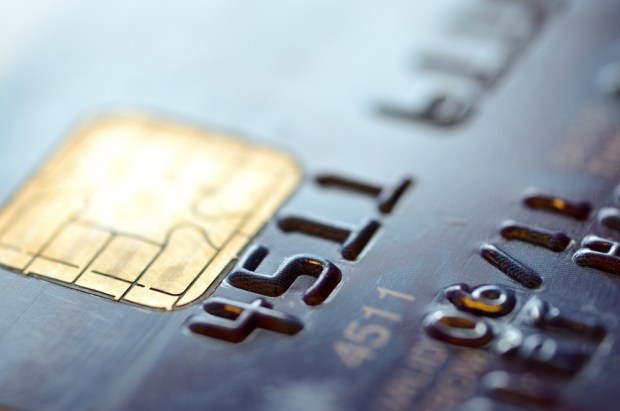For Merchants, Boosting Their .250 Chargeback Batting Average

Merchants recover only one in four chargebacks when disputes arise over who bought what and when. A .250 batting average is OK in baseball, but lousy in business. Radial VP KC Fox tells PYMNTS that the key to managing chargebacks from the merchant’s side of the equation is eternal vigilance and keeping one’s eye on the (commerce) ball.
“Charge it” may be a retailer’s favorite phrase; “chargeback” is the one that makes them quake in their proverbial boots.
Yes, chargebacks are designed to keep honesty the coin of the realm in payments, where customers can contact payment providers to dispute claims they believe are unauthorized. When a dispute arises, the burden of proof lies with the merchant to show that transactions are on the up and up. Too many chargebacks, and the merchant has a serious revenue problem on its hands.
In a recent whitepaper, Radial stated that to keep this issue under control in eCommerce, it is essential for merchants to understand the lifecycle of chargebacks — from initial dispute to end liability (via merchant acceptance or the decision of the payment provider).
In an interview with PYMNTS, KC Fox, VP of Payments, Tax and Fraud at Radial, said that merchants recover chargebacks only about 25 percent of the time.
That begs a question: Do merchants wait until it is too late to address chargebacks? There are indeed some merchants who routinely accept every chargeback. According to Fox, there are firms that simply “do not have the resources for fraud management or chargeback management. So, the best thing they see to do [when it comes to chargebacks] is to say, ‘Well I am not getting that many, so I am just going to go ahead and accept them.’” Otherwise, they would have to staff a team of experts who understand the nuances of the chargeback process.
Chargebacks are a necessary evil in eCommerce, Fox said, because they protect both the customer and the merchant on either side of the transaction.
If done properly, the chargeback process allows the merchant the chance to prove that it has garnered all the appropriate information needed to conduct a transaction, proving that a chargeback is not warranted.
Through the process, of course, the customer files the chargeback, it goes through the payments ecosystem and the merchant is notified. Here is where a breakdown can happen: when “the merchant doesn’t react,” said Fox. Though the window of time in which to respond may be limited (varying by payment processor), it does exist, and merchants can utilize services to be notified early and get a jump on response efforts — thereby protecting their bottom line.
To Download: The Practitioner’s Guide to Managing Chargebacks, please fill out the form below:
